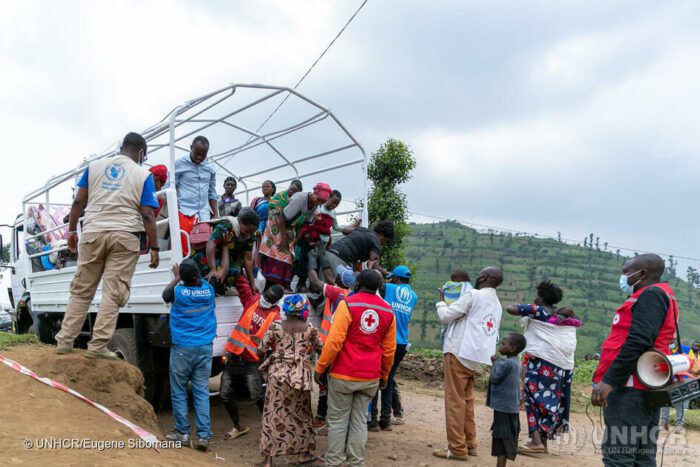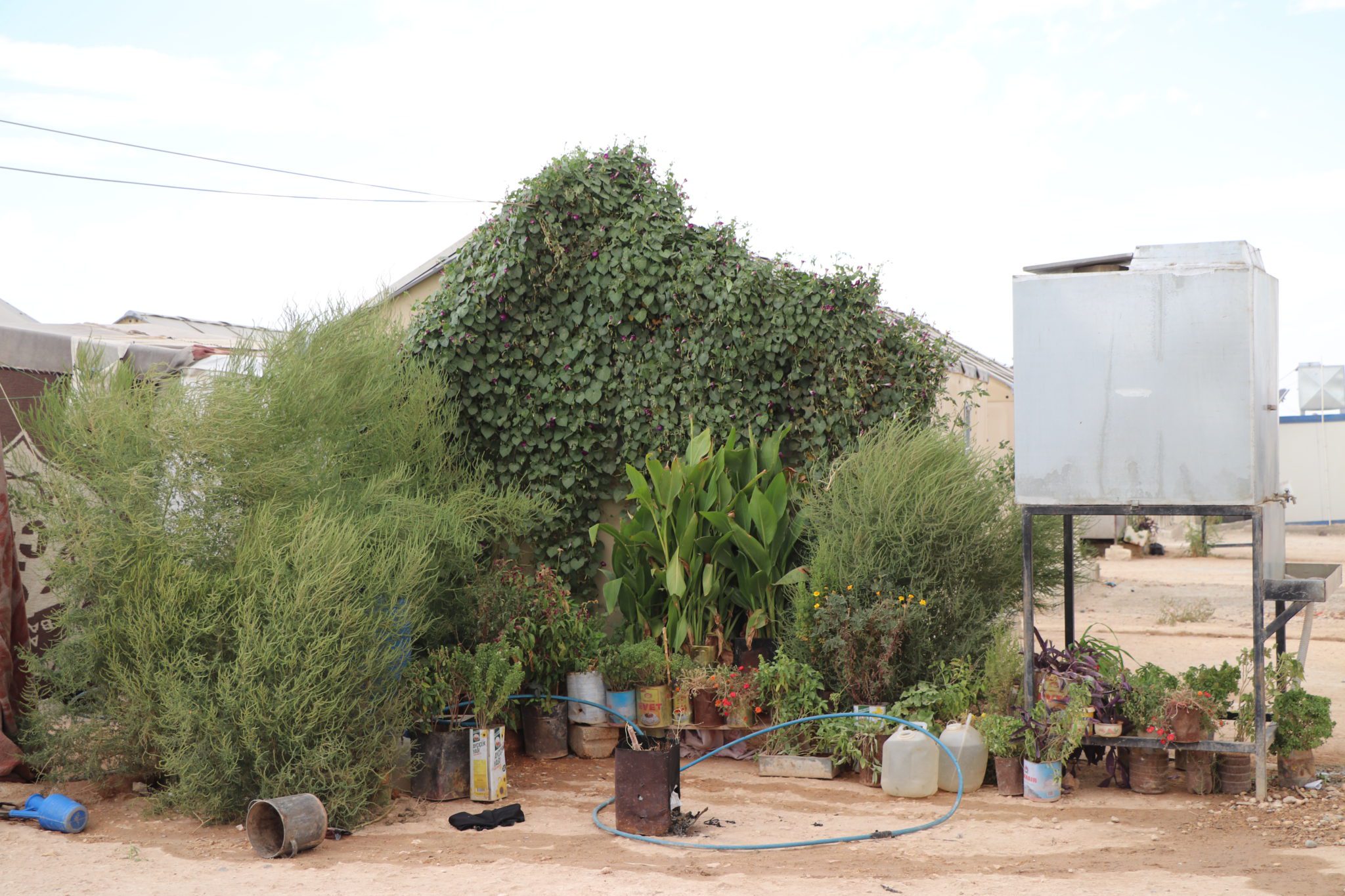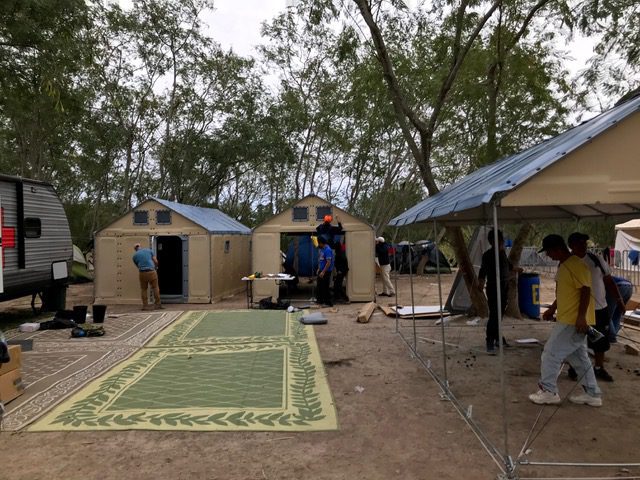On the 22nd of May, Mount Nyiragongo in the outskirts of Goma, Democratic Republic of Congo (DRC) erupted, prompting vast amounts of people to flee the city and surrounding areas. On the following day, it was estimated that more than 5,000 people crossed the border into Rwanda while, at least 25,000 were displaced in Sake, northwest of Goma.
In Rwanda, Babar Baloch, UNHCR’s spokesperson, informed that displaced communities were being hosted in Rugerero (3,000) and Busa Sanana (700,682). The UNHCR country team estimated that 4,000 people cross the border on May 22nd. UNHCR later confirmed that some 8,000 Congolese refugees were displaced in Rwanda after the eruption of the Nyiragongo volcano. The displaced communities received humanitarian support from the Government of Rwanda and UNHCR.

As part of a multisectoral response, UNHCR, IOM, INTERSOS, the Red Cross and local organizations established protection monitors along the route back to Goma and organized the distribution of shelter & Non-Food Items (NFI), such as blankets, buckets, containers for water, cooking items and soap, in addition to health and hygiene kits, food, water and more.
Relief Housing Units (RHU) units were assembled by UNHRC and local partner organizations to provide immediate support and relief to the displaced refugees.
According to Jens Laerke, spokesperson for the UN Office for the Coordination of Humanitarian Affairs (OCHA): “This crisis is happening against the backdrop of a situation of already high needs in North Kivu.” The United Nations estimated that before the volcanic eruption in May, there were already some 450,00 internally displaced people (IDP) in the country, due to ethnic and sectarian conflict and violence. Moreover, Sake city, northwest of Goma, was already struggling with a cholera epidemic.
On June 7th, the Congolese government issued an order of progressive return of IDPs and informed that assistance measures would be put in place, to enable these communities to rebuild their homes. According to the International Organization for Migration (IOM), about 245,000 people remain displaced in nearby towns and villages.
Sources:
UN NEWS, How the DR Congo volcano emergency gave new insight to humanitarian management, June 01 2021, https://news.un.org/en/audio/2021/06/1093152
UN NEWS, DR Congo: More than 170 children feared missing following the volcanic eruption in Goma; May 23 2021, https://news.un.org/en/story/2021/05/1092582
UN NEWS, Thousands in Goma evacuated amid fears of further volcanic eruption, May 28 2021, https://news.un.org/en/story/2021/05/1093022
AL JAZEERA, DR Congo to start phased return of residents to volcano-hit Goma, June 7 2021, https://www.aljazeera.com/news/2021/6/7/dr-congo-to-start-phased-return-of-residents-to-volcano-hit-goma
UN NEWS, Volcanic eruption in DR Congo: UNICEF working to restore water supply amid cholera threat, June 7 2021, https://news.un.org/en/story/2021/06/1093542
UNOCHA, DR Congo: Volcanic eruption in Goma, Situation Report #14, June 07 2021, https://reliefweb.int/sites/reliefweb.int/files/resources/sitrep14_volcaniceruption_07june2021_public_en.pdf
UNHCR, Operational Update > Rwanda, May 2021, https://reliefweb.int/sites/reliefweb.int/files/resources/UNHCR%20Rwanda%20Operational%20Update%20-%20May%202021.pdf





